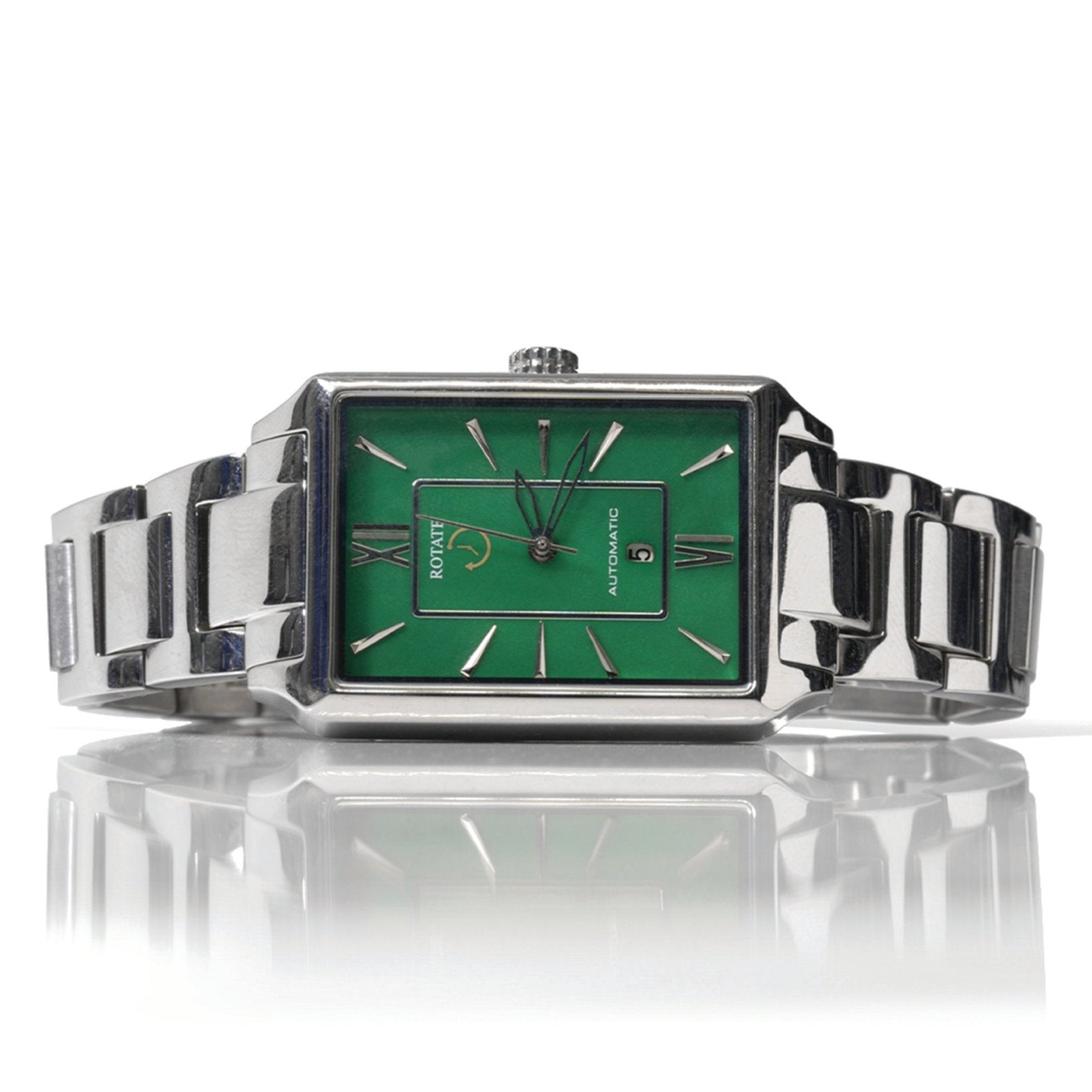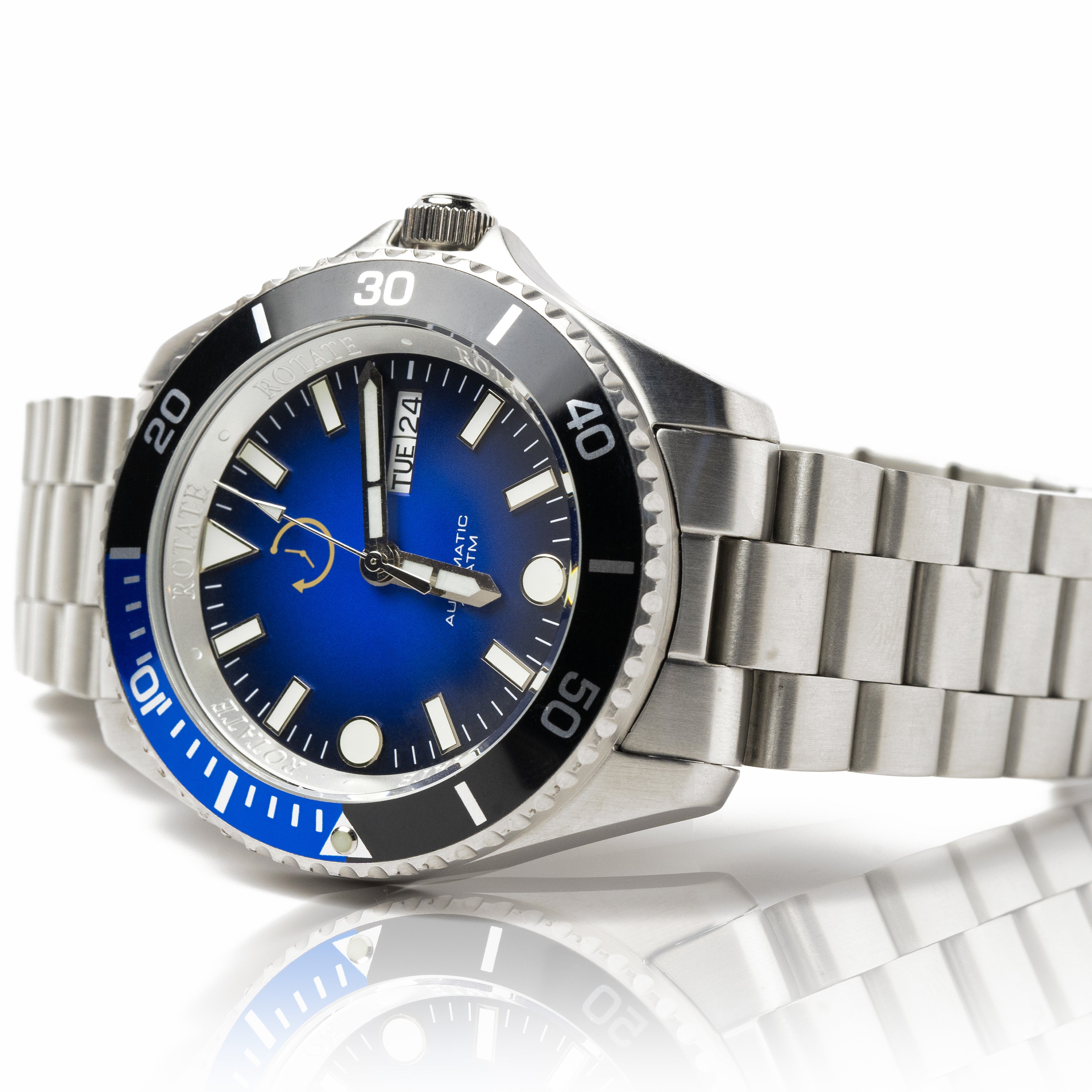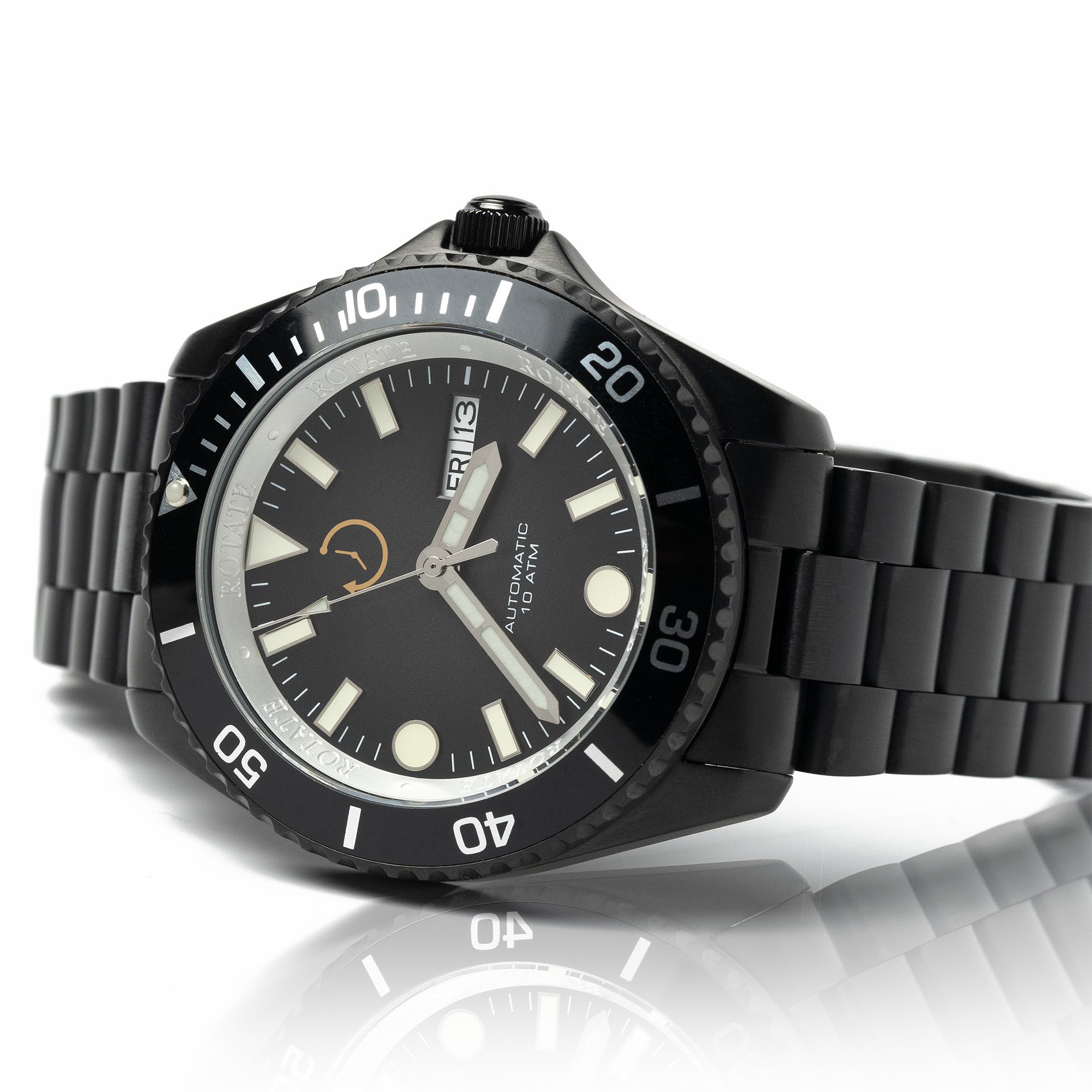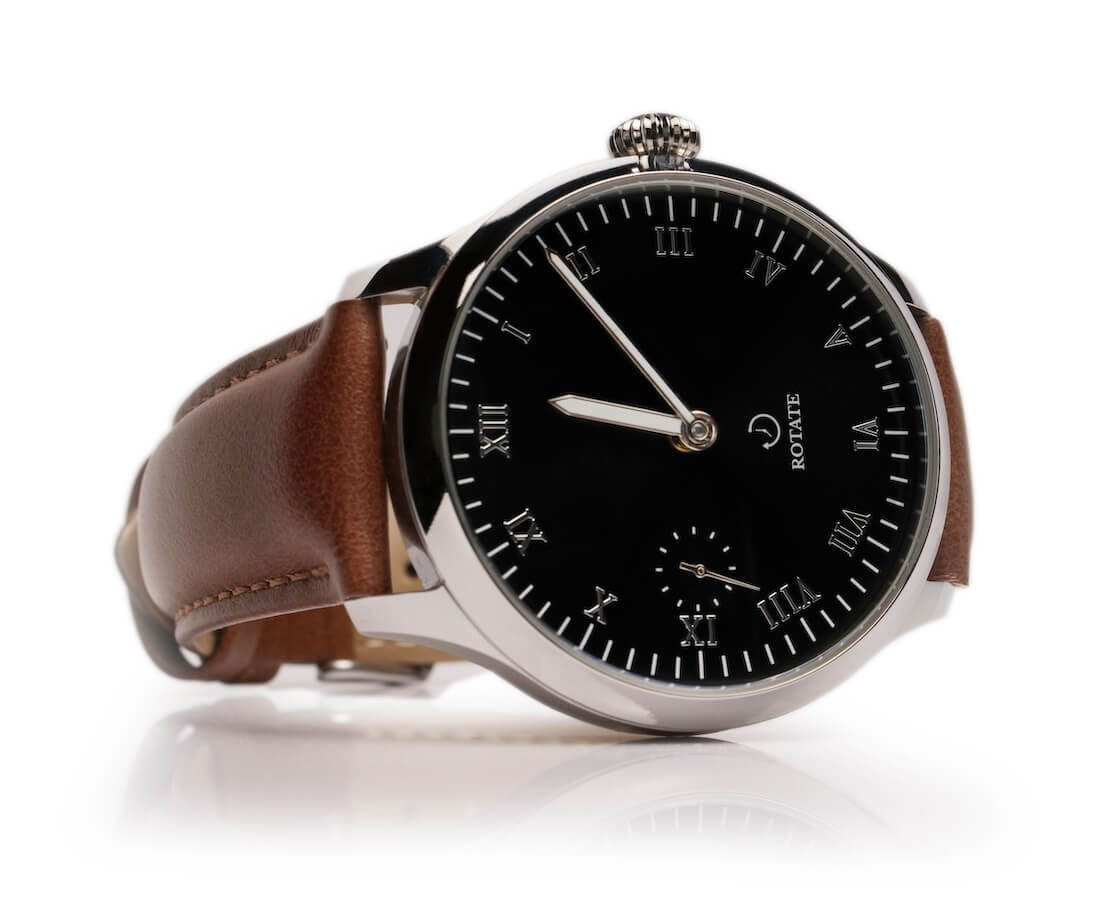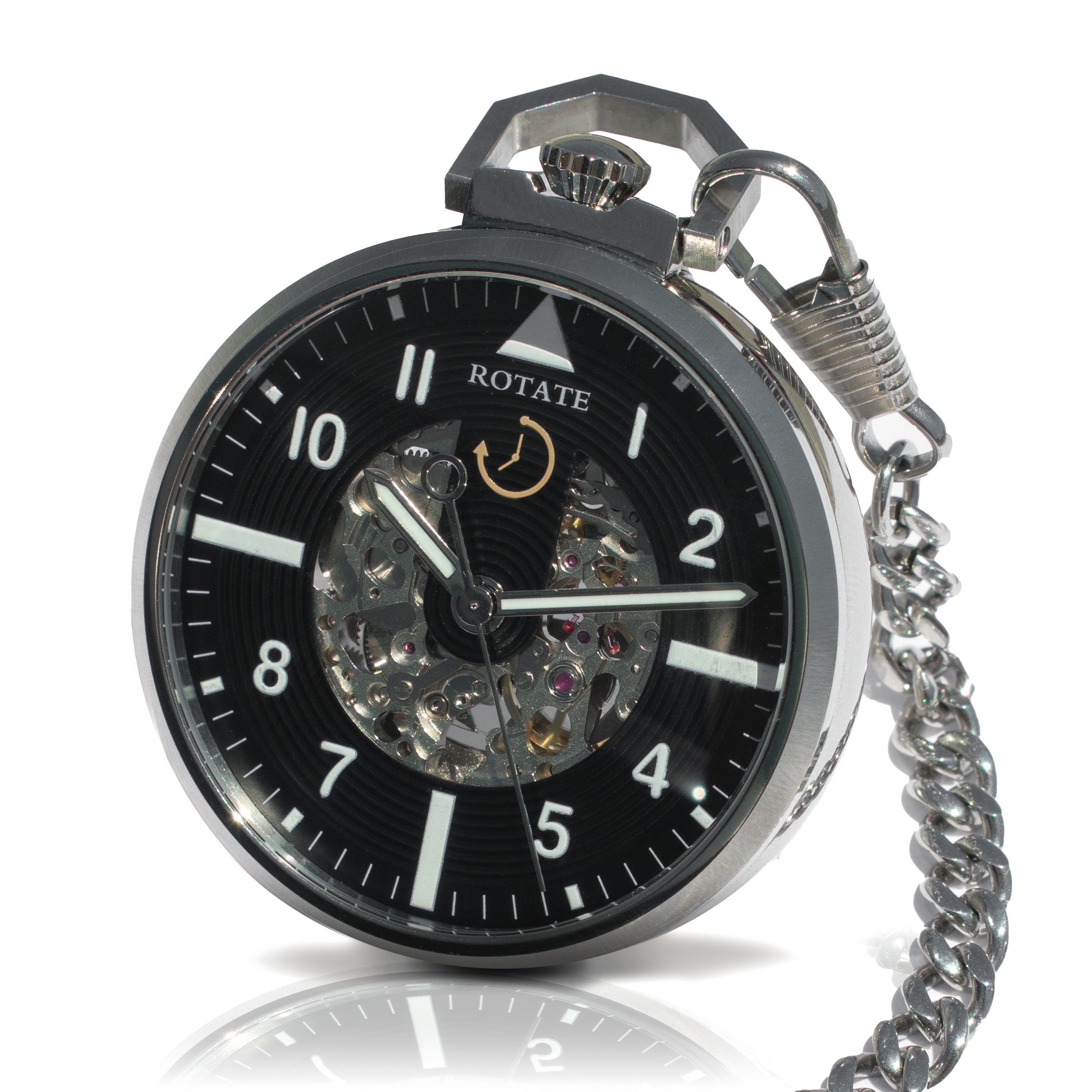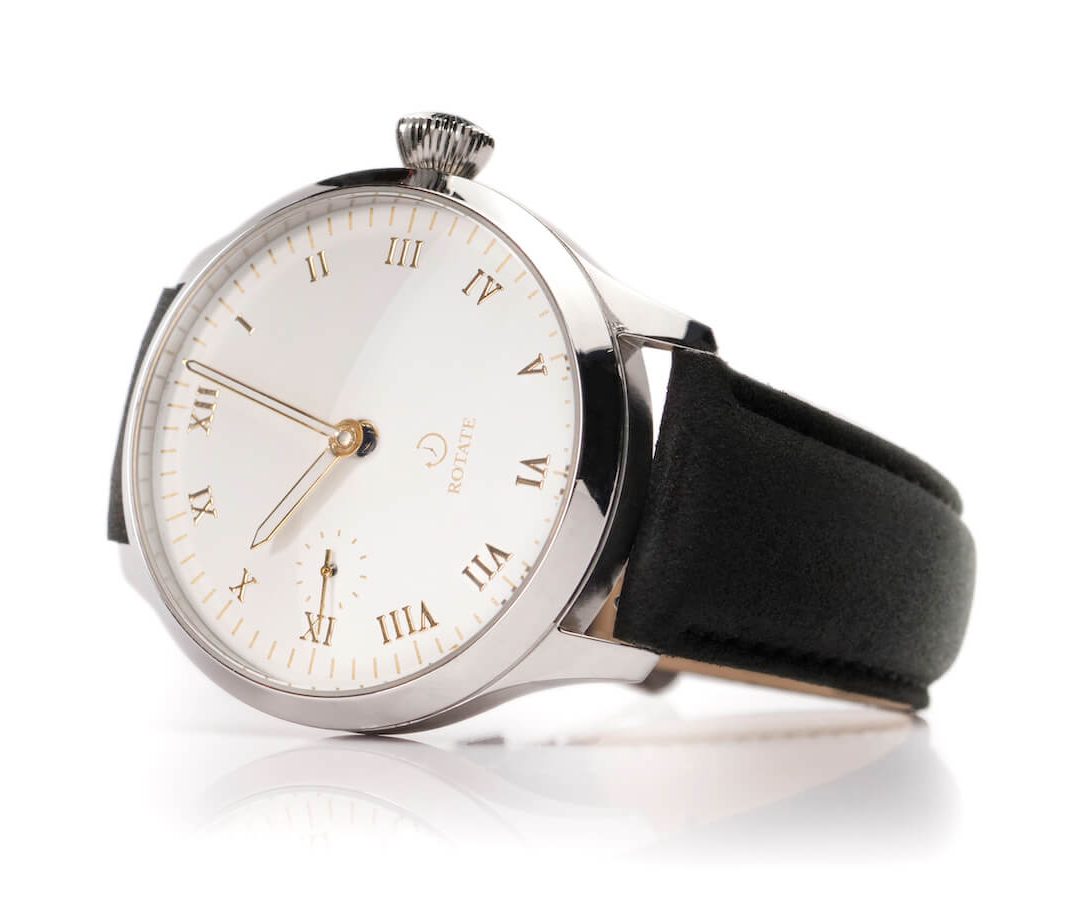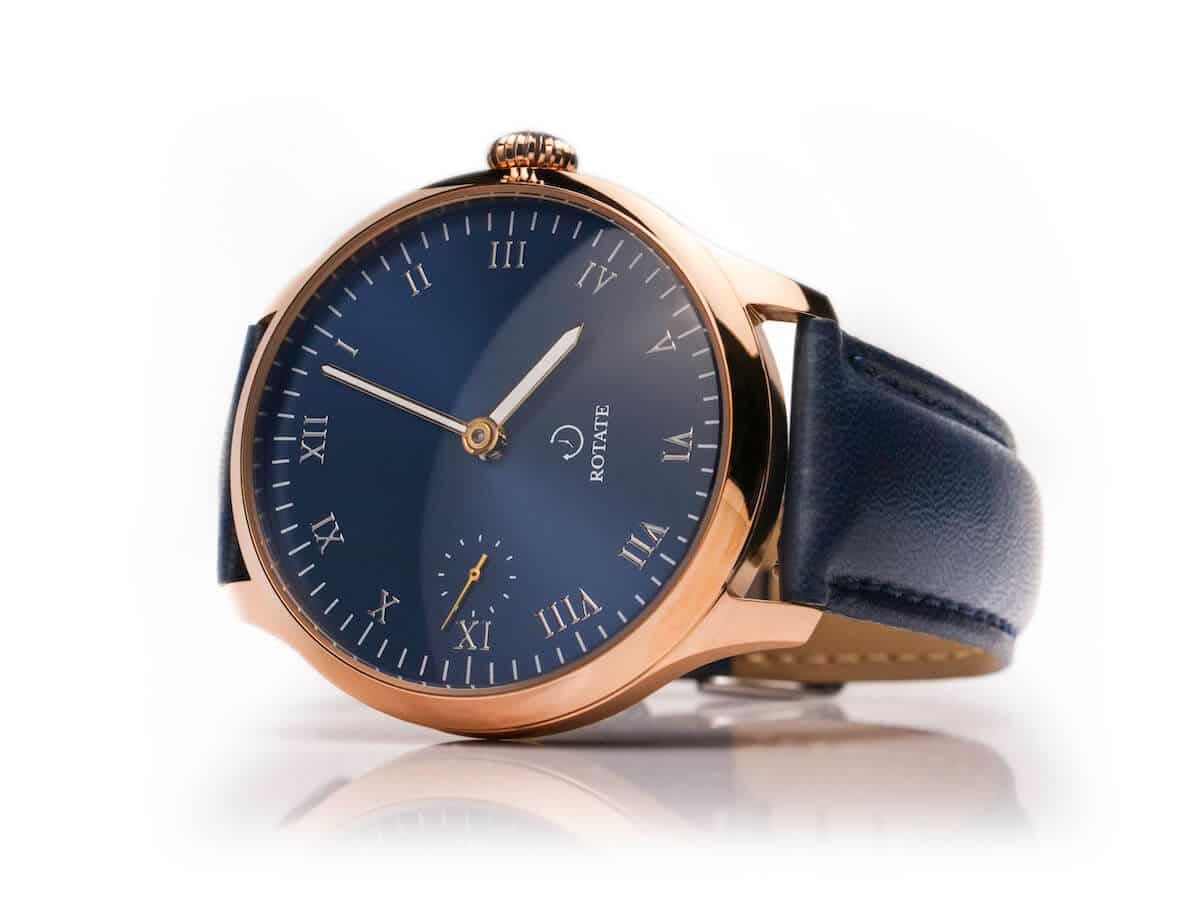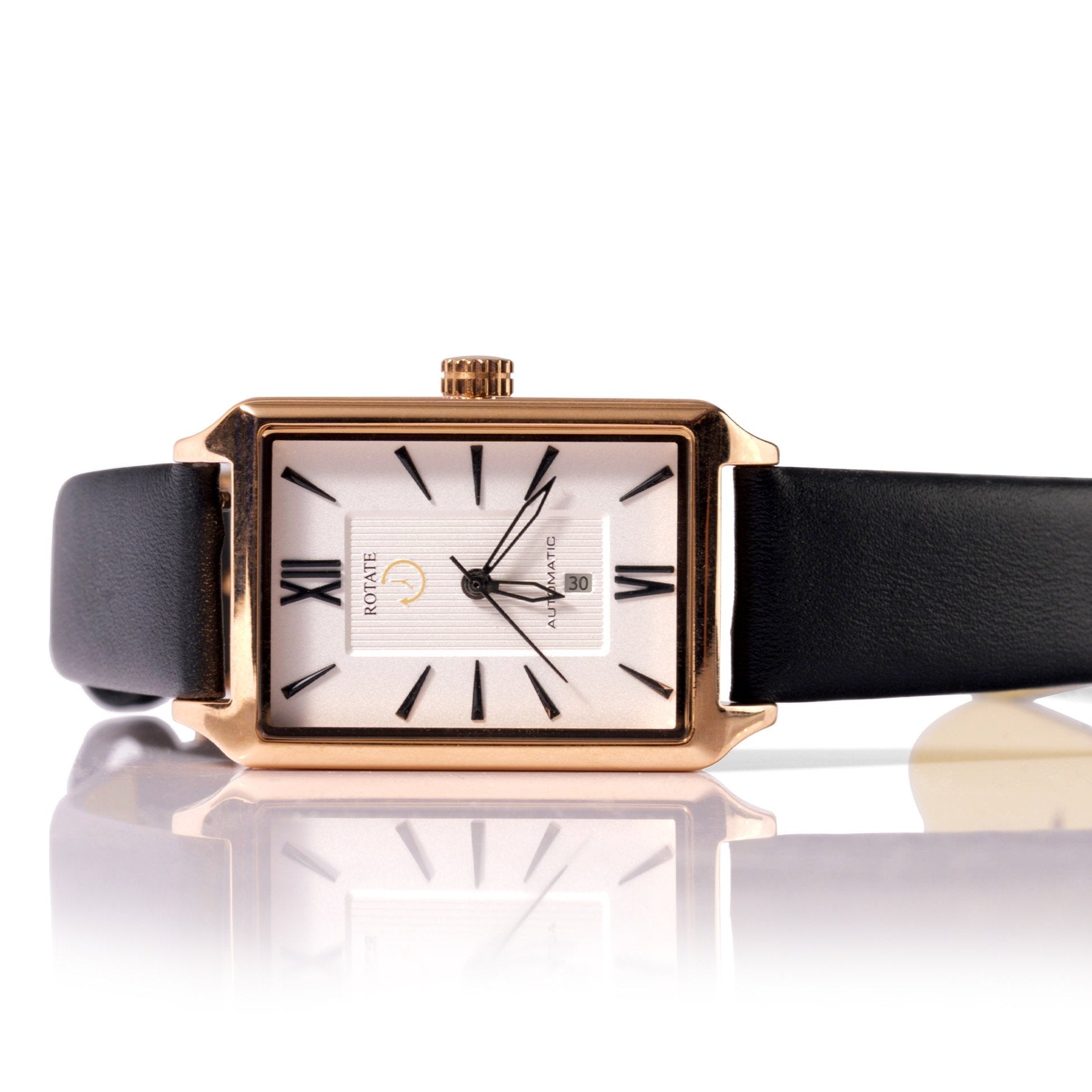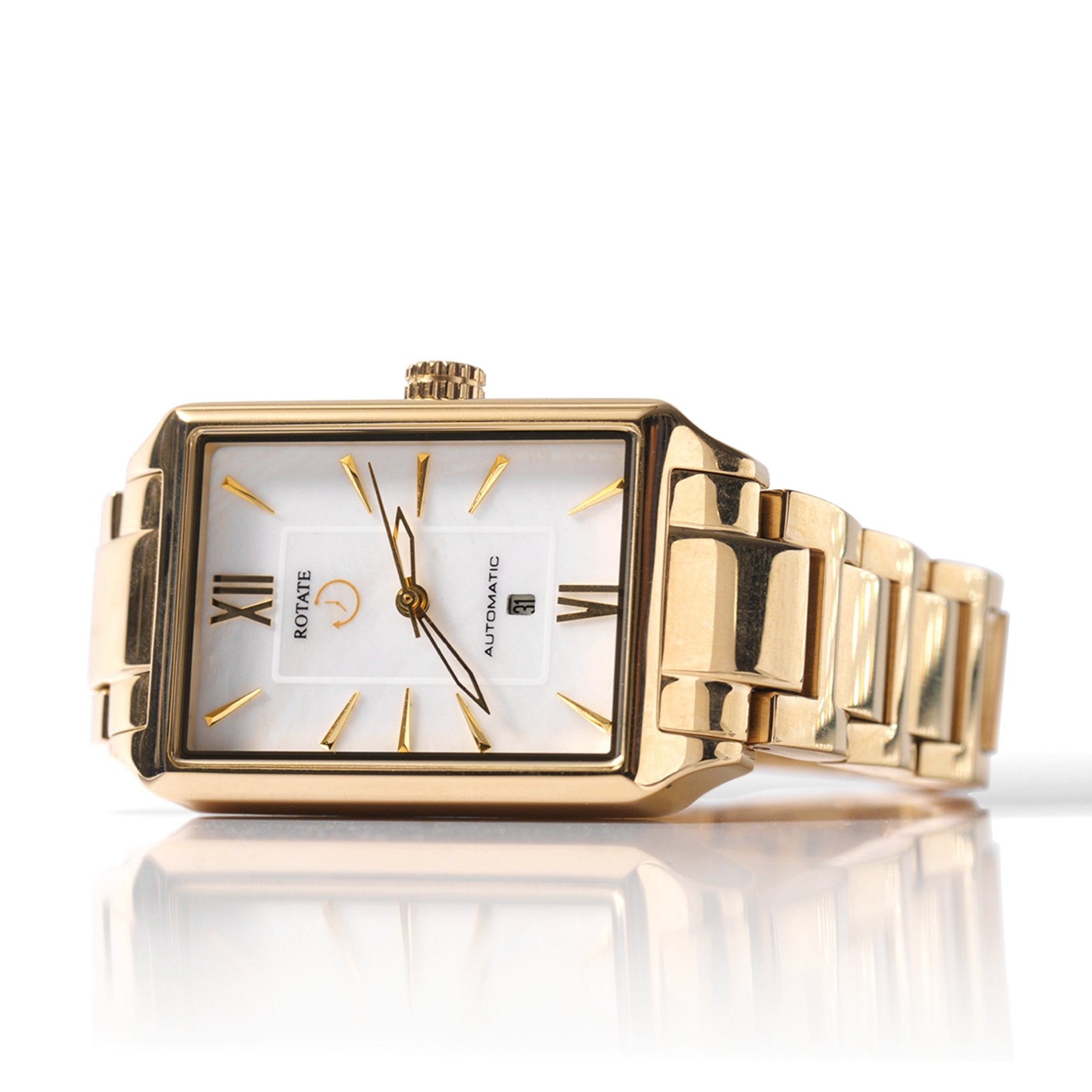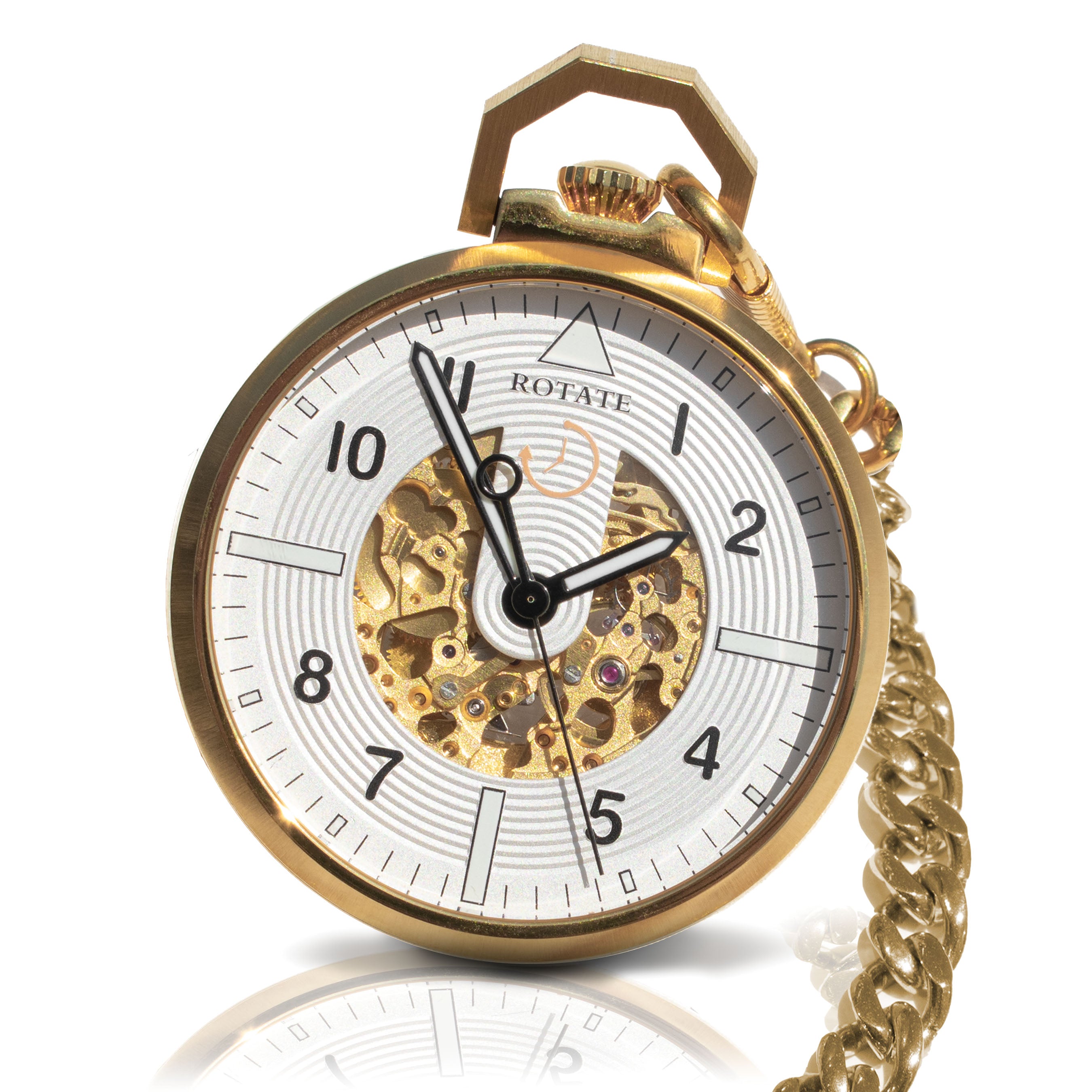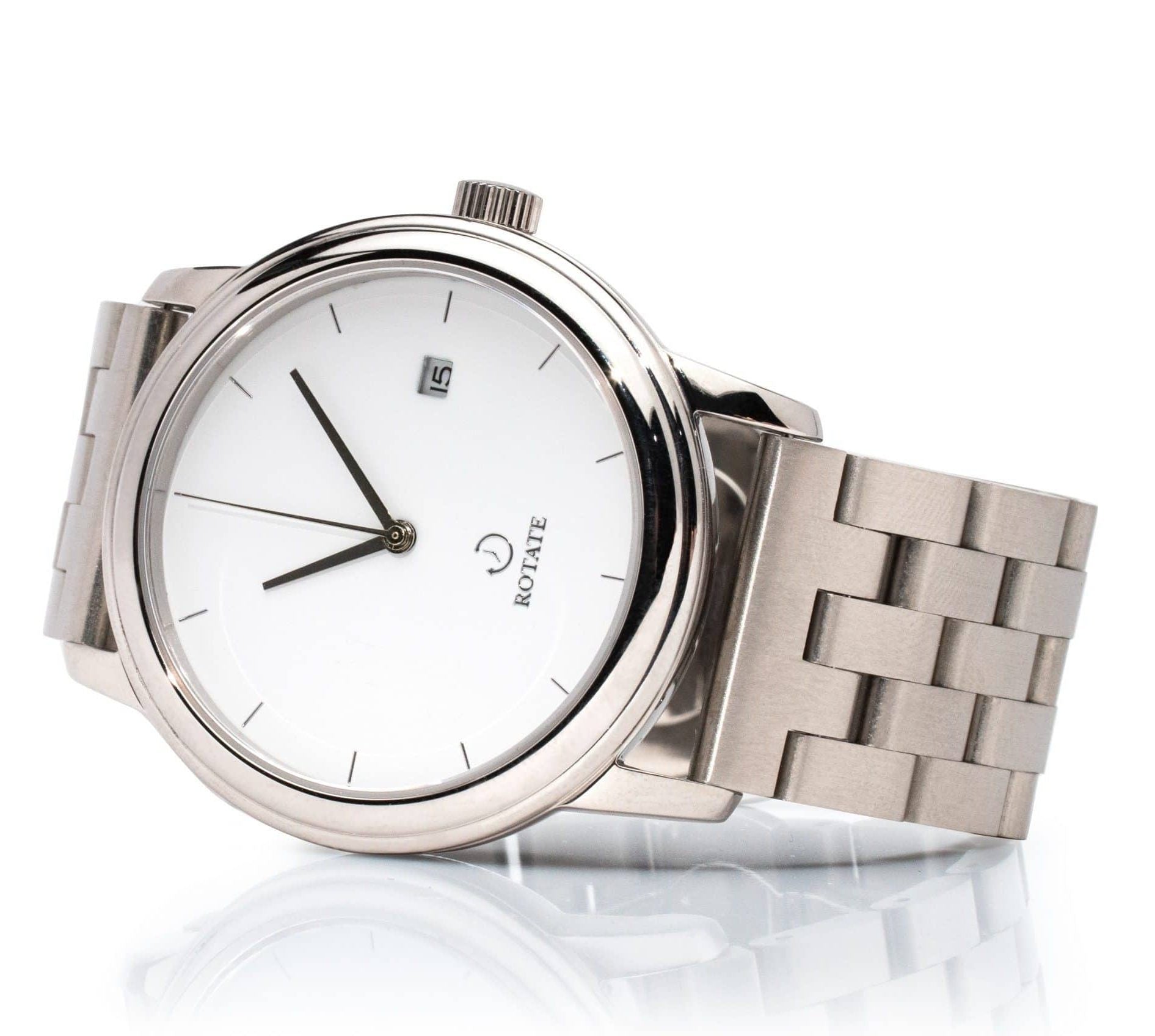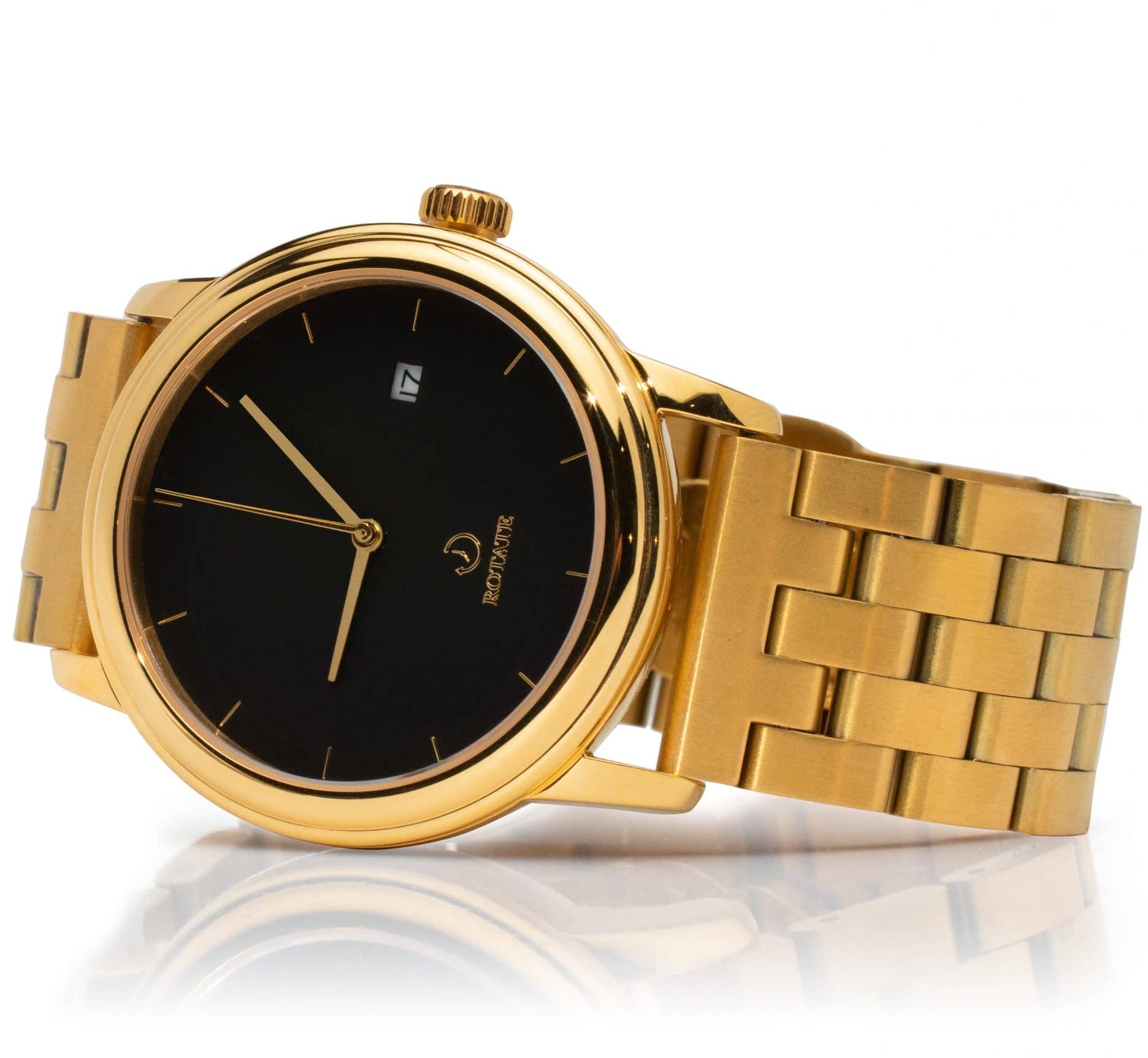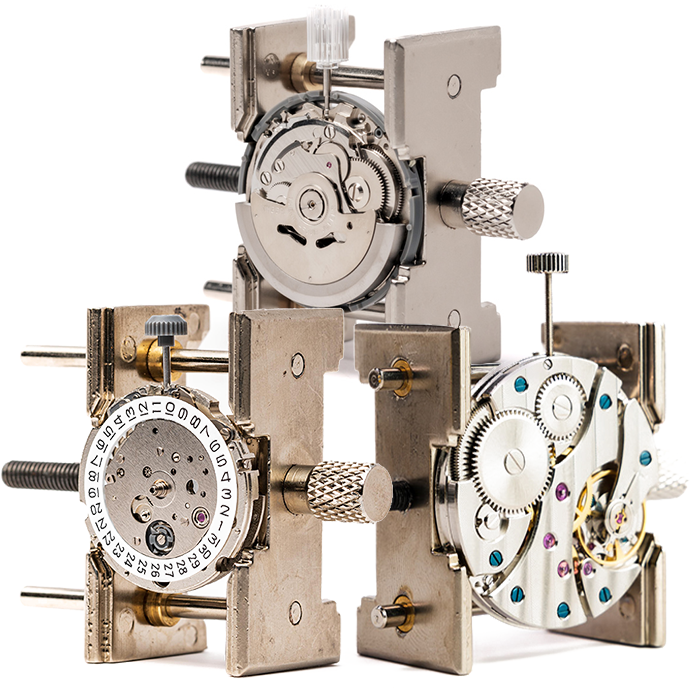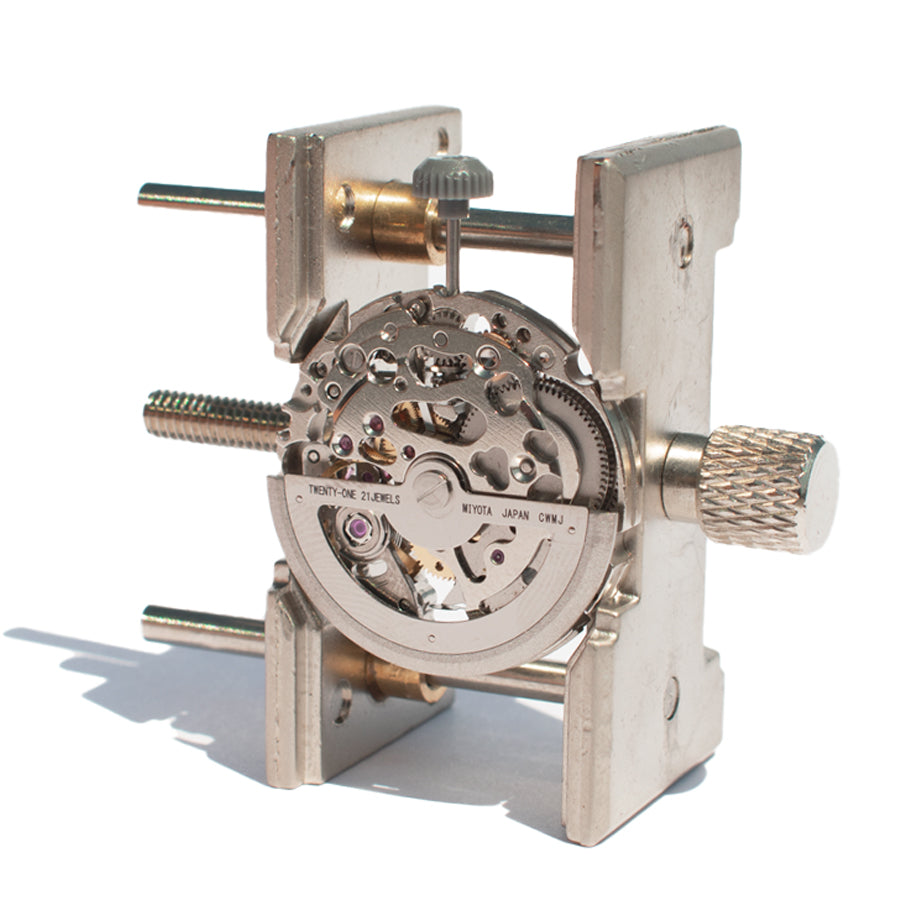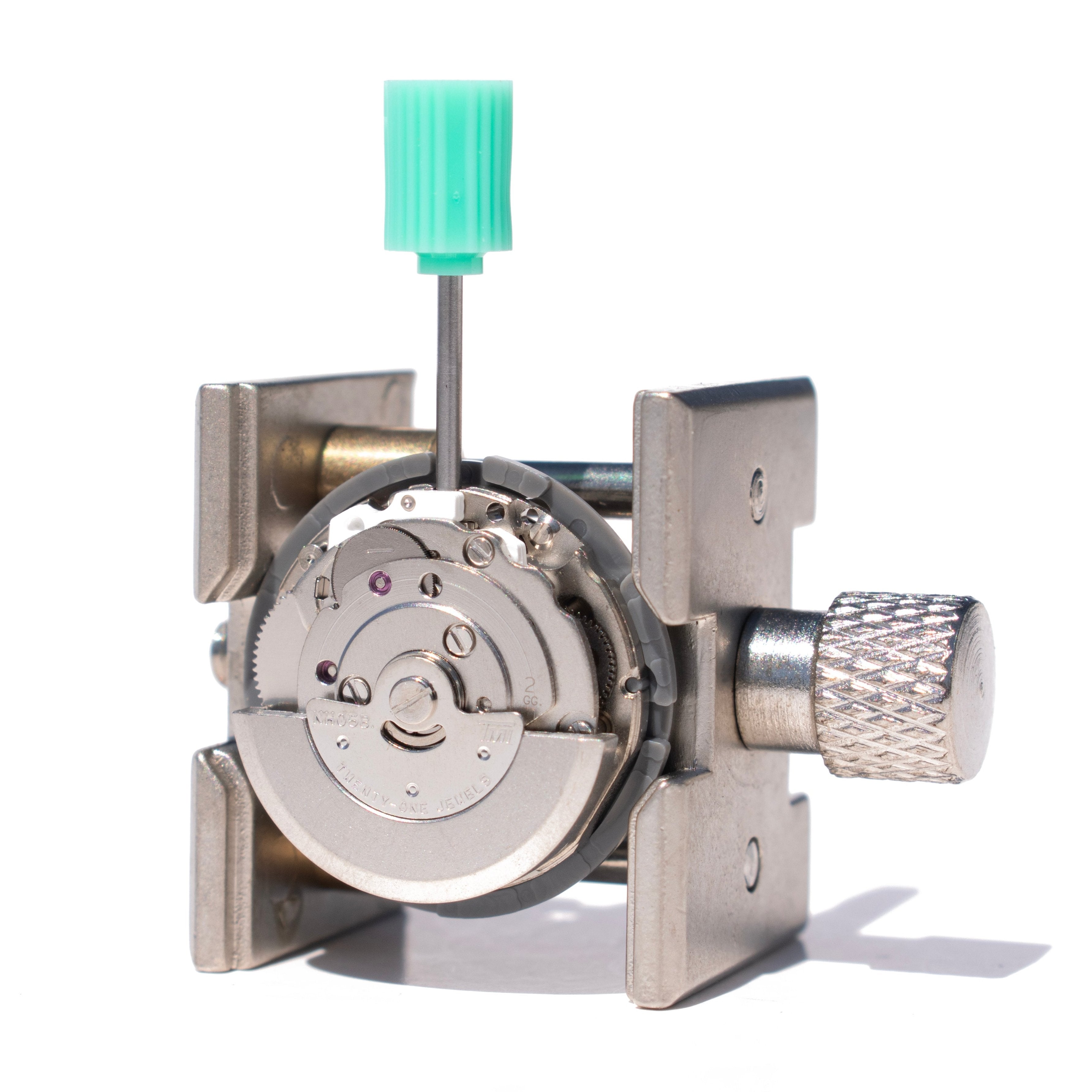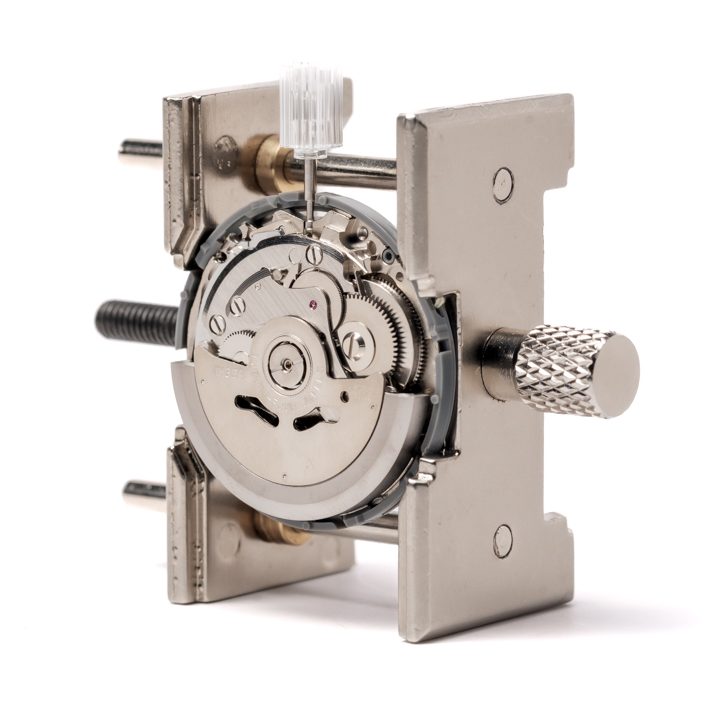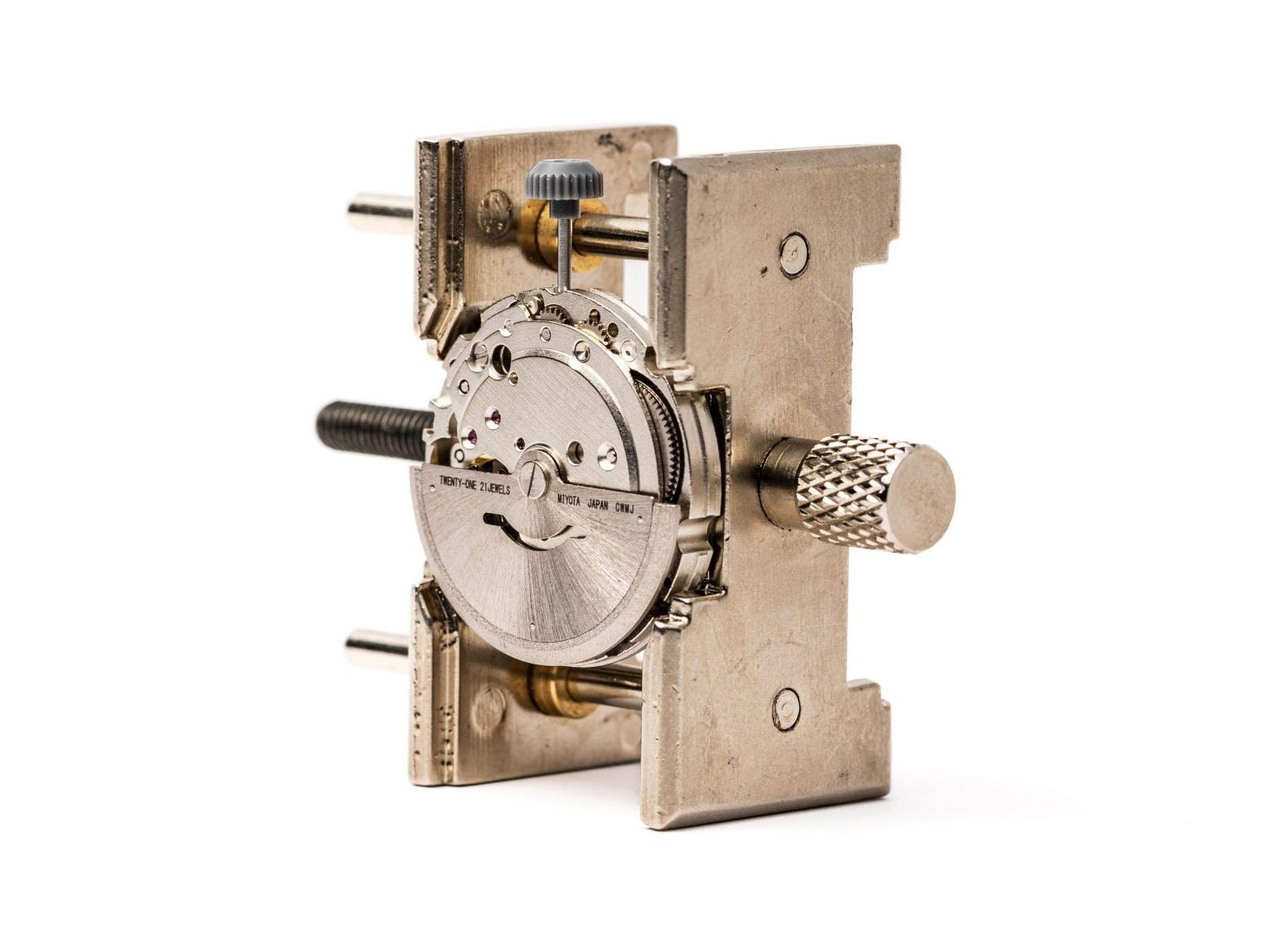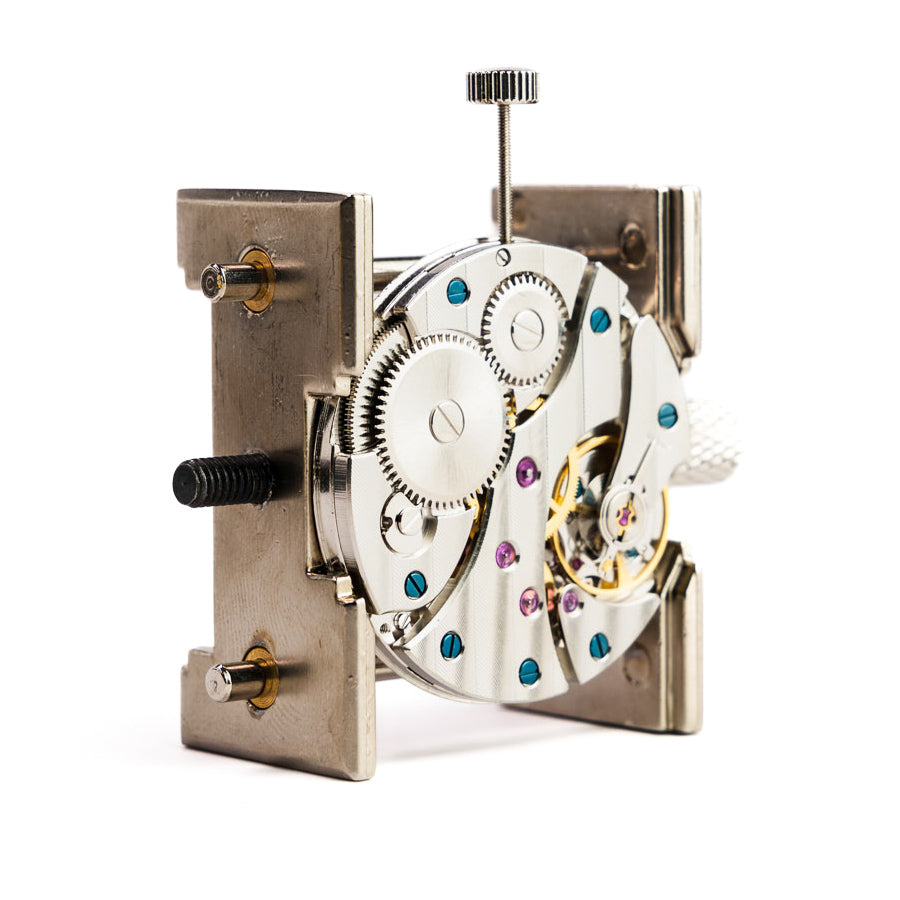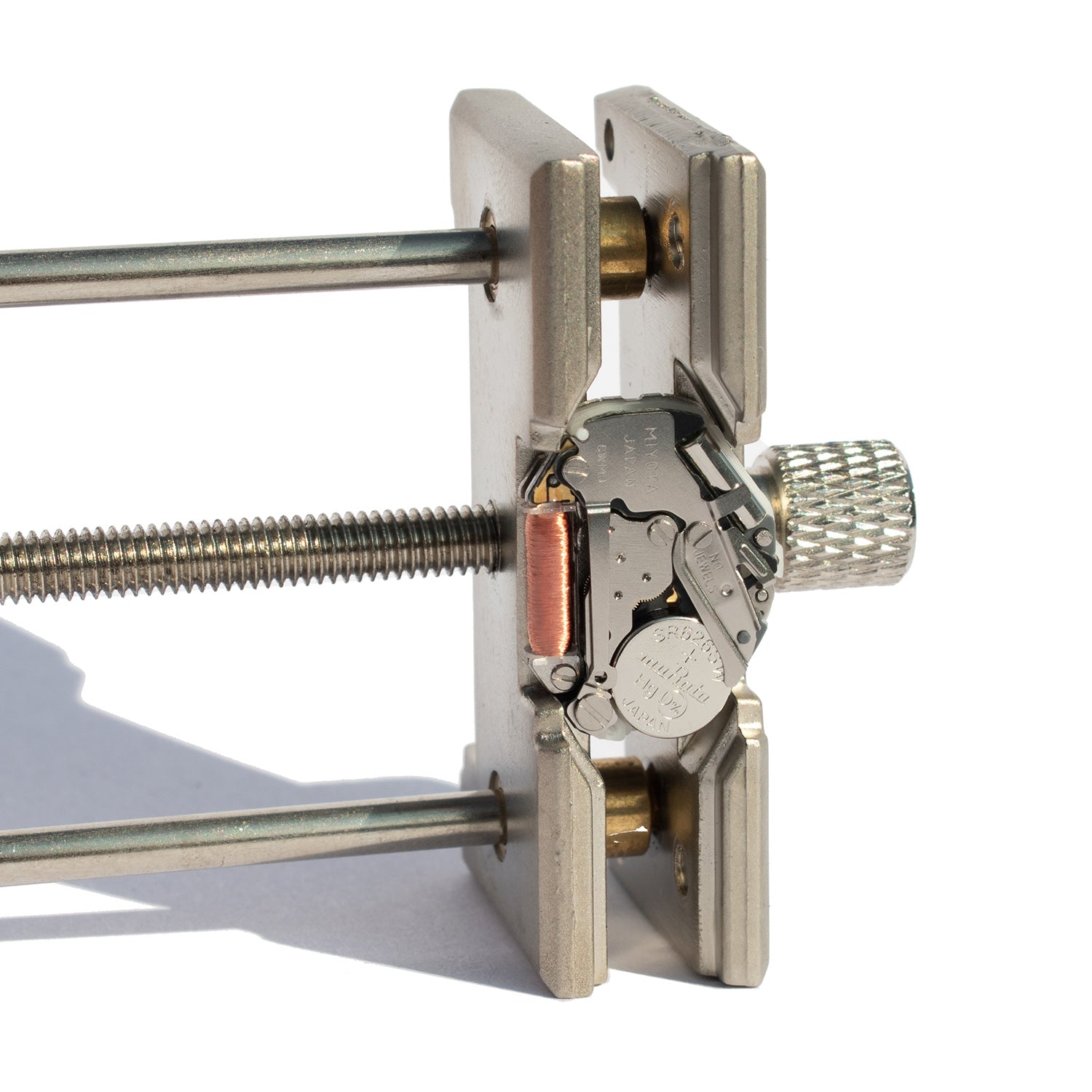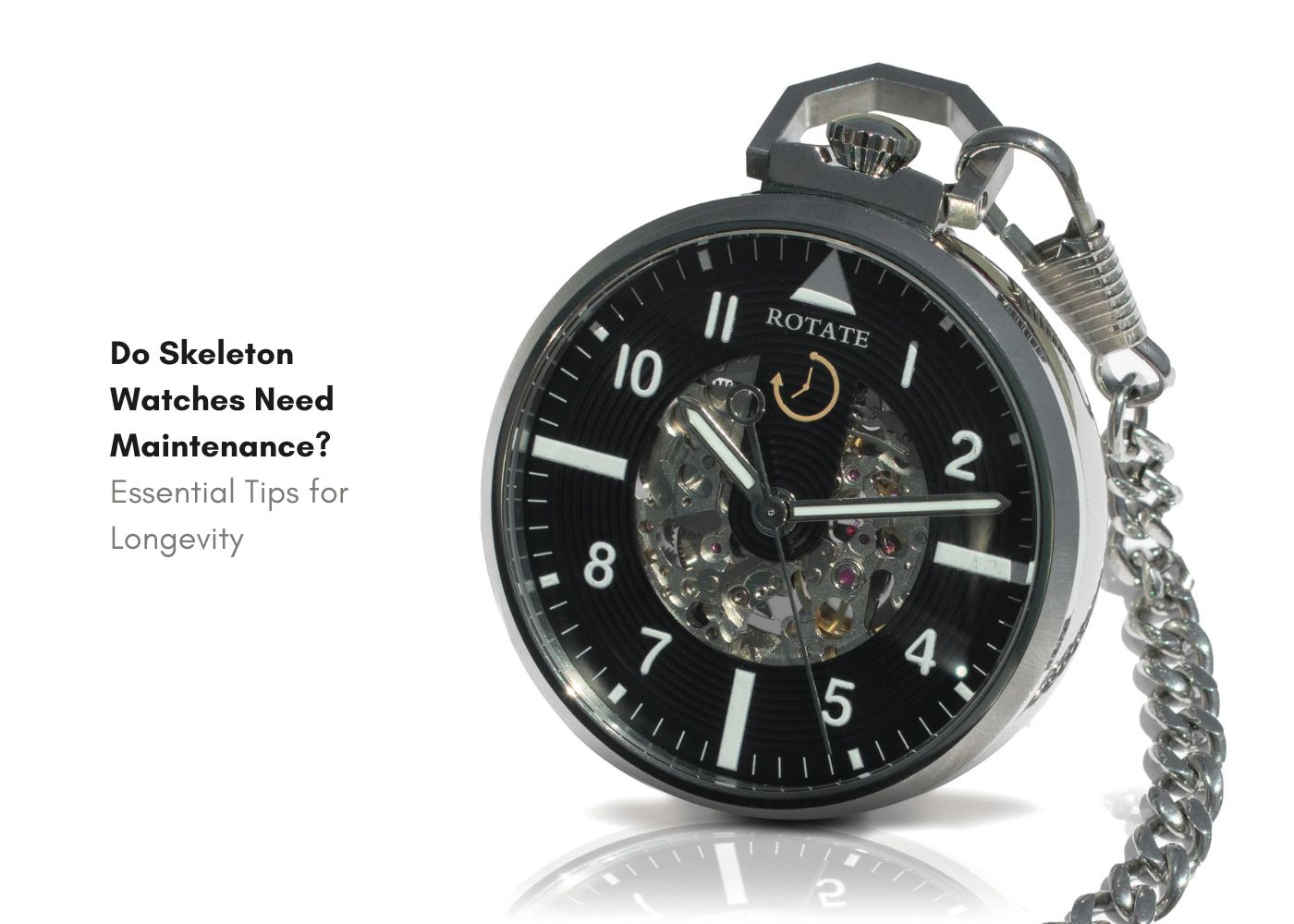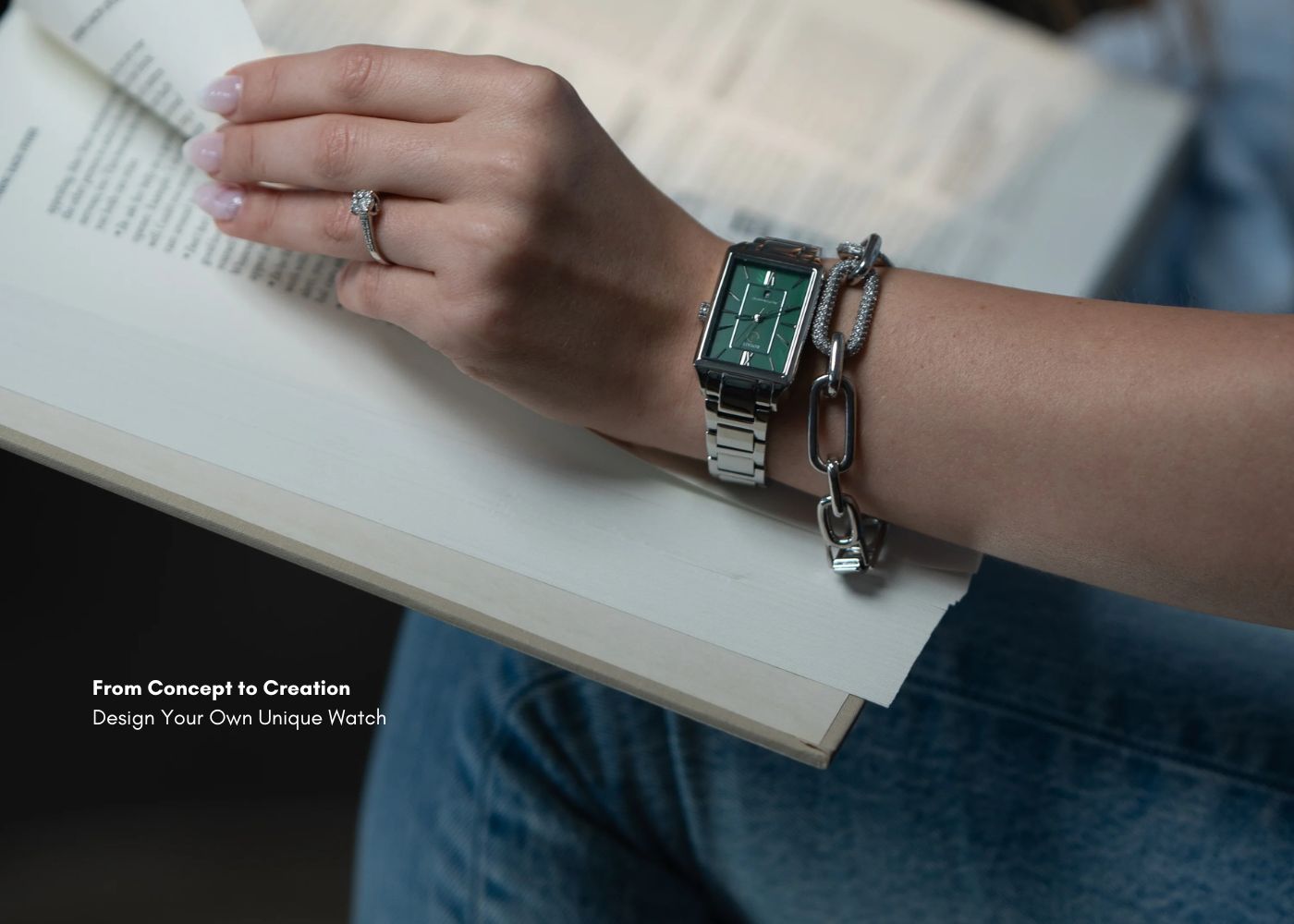
From Concept to Creation: Design Your Own Unique Watch
Designing your own watch is a rewarding way to combine creativity and craftsmanship. Whether you're inspired by a particular style or want to create something entirely unique, the process of building a custom watch allows you to craft a timepiece that reflects your personality.
With the right tools, guidance, and patience, anyone can succeed in custom watch design. Let's dive into the steps that will help you bring your vision to life.
Finding Inspiration for Custom Watches
The first step in custom watch design is finding inspiration. Your personal interests and style can guide your choices. For example:
-
If you love the outdoors, consider earthy tones or woodgrain finishes for the strap or dial.
-
A passion for diving might inspire a rotating bezel and luminescent hands for a functional yet stylish look.
-
Minimalist enthusiasts may prefer clean dials, neutral colors, and simple markers for a timeless aesthetic.
Trends in watch design inspiration include skeleton dials that showcase intricate mechanical movements, textured faces like mother-of-pearl, and bold colors such as deep green or navy blue. These elements can help shape your design while ensuring it remains functional and eye-catching.
Tools You'll Need for Designing Watches
Having the right tools is essential when working on unique watch creation. Beginners should focus on kits or toolsets that include everything required to avoid confusion or missing parts. Essential tools include:
-
Gloves: To protect delicate components from fingerprints and oils.
-
Precision Screwdrivers: For handling small screws without damaging them.
-
Tweezers: To safely position tiny parts like hands and gears during assembly.
-
Spring Bar Tool: For attaching or adjusting straps with ease.
-
Strap Adjustment Tool: To resize metal straps for a perfect fit.
These tools make the process smoother and help ensure your final product looks polished and professional.
Sketching and Prototyping Your Watch
Before assembling your watch, sketch out your ideas to visualize the final design. Start with basic shapes-round, rectangular, or tonneau cases-and experiment with dial layouts and hand styles. Consider these factors:
-
Case Size: Larger cases (43mm) suit bigger wrists, while smaller cases (38mm) offer a more subtle look.
-
Strap Material: Leather provides a classic feel, while stainless steel offers durability.
-
Dial Features: Decide if you want complications like date windows or luminescent markers for readability in low light.
Prototyping allows you to mix and match components before committing to a final design. This step ensures all elements work together harmoniously.
Finalizing Your Watch Design
Once you've refined your sketches, it's time to finalize the details of your custom watch design. Focus on both aesthetics and functionality:
-
Choose a movement type that aligns with your needs-automatic movements are self-winding and ideal for daily wear, while manual options offer slim profiles but require regular winding.
-
Test how the hands align with dial markers during assembly to ensure accuracy.
-
Prioritize comfort by trying different strap materials or adjusting strap sizes until it feels just right.
Small details like case finish (polished vs brushed) or an exhibition case back can add personality to your watch.
Options for Producing Your Custom Watch
There are several ways to bring your design to life:
-
DIY Kits: These provide all necessary parts, tools, and instructions for assembly-perfect for beginners who want an all-in-one solution.
-
Pre-Assembled Movements: Some kits include pre-assembled movements so you can focus on customizing other elements like straps or bezels.
-
Custom Engravings: Adding personalized engravings on straps or case backs makes your watch truly one-of-a-kind.
For example, Rotate Watches offers beginner-friendly kits such as the Marco Watchmaking Kit, which includes everything needed to create a sleek black diver-style watch with a rotating bezel-a great choice for first-time builders.
Maintaining Your Custom Watch
Proper maintenance ensures longevity for your custom timepiece:
-
Clean the case and strap regularly using a microfiber cloth to remove dirt and oils.
-
Avoid exposing waterproof watches to hot water as it can weaken seals over time.
-
Store your watch in a dry place when not in use to prevent moisture buildup.
Taking care of your watch not only preserves its functionality but also keeps it looking new over time.
Why DIY Watch Kits Are Ideal
If you're new to unique watch creation, DIY watch kits simplify the process by providing high-quality components, easy-to-follow guides, and all essential tools in one package. These kits are designed to accommodate beginners while also offering enough versatility for enthusiasts looking for more advanced projects.
For example:
-
The Knight Watchmaking Kit features an elegant rectangular case paired with a green mother-of-pearl dial-perfect for those seeking sophistication.
-
The Cabot Watchmaking Kit offers timeless appeal with its deep-sea blue dial and stainless steel strap.
-
The Marco Watchmaking Kit provides an all-black diver-style option that's both practical and stylish.
Building a watch from scratch is not just about creating something functional; it's about crafting something meaningful that reflects who you are.
Conclusion
Designing your own watch is more than just assembling parts-it's about creating something personal that tells a story about you. From gathering inspiration to finalizing every detail, each step of the process to build your own watch brings you closer to wearing a truly unique timepiece that you can proudly call your own.
Ready to start? Check out Rotate Watches' beginner-friendly watch kits today and take the first step toward creating your custom watch!
FAQ
Q. What are the latest trends in watch faces?
Skeleton dials showcasing mechanical movements are highly popular today. Textured finishes like mother-of-pearl or bold colors such as green add depth and uniqueness to designs.
Q. How do smartwatches influence traditional designs?
Smartwatches inspire hybrid designs that combine digital features with analog aesthetics-for instance, backlit dials paired with traditional hands.
Q. What innovations are expected in watch faces?
Longer power reserves (e.g., 41+ hours) improve functionality without compromising aesthetics. Anti-reflective coatings enhance readability under bright light conditions.
Q. How long does it take to build a custom watch?
Assembly times vary depending on skill level-beginner-friendly kits typically take 1-2 hours, while more intricate designs may require 2-3 hours.
Q. Can I modify my watch after assembly?
Yes! Straps, bezels, or even dials can be swapped using basic tools included in most DIY kits without needing additional expertise.
{ "@context": "https://schema.org", "@type": "FAQPage", "mainEntity": [ { "@type": "Question", "name": "What are the latest trends in watch faces?", "acceptedAnswer": { "@type": "Answer", "text": "Skeleton dials showcasing mechanical movements are highly popular today. Textured finishes like mother-of-pearl or bold colors such as green add depth and uniqueness to designs." } }, { "@type": "Question", "name": "How do smartwatches influence traditional designs?", "acceptedAnswer": { "@type": "Answer", "text": "Smartwatches inspire hybrid designs that combine digital features with analog aesthetics—for instance, backlit dials paired with traditional hands." } }, { "@type": "Question", "name": "What innovations are expected in watch faces?", "acceptedAnswer": { "@type": "Answer", "text": "Longer power reserves (e.g., 41+ hours) improve functionality without compromising aesthetics. Anti-reflective coatings enhance readability under bright light conditions." } }, { "@type": "Question", "name": "How long does it take to build a custom watch?", "acceptedAnswer": { "@type": "Answer", "text": "Assembly times vary depending on skill level—beginner-friendly kits typically take 1-2 hours, while more intricate designs may require 2-3 hours." } }, { "@type": "Question", "name": "Can I modify my watch after assembly?", "acceptedAnswer": { "@type": "Answer", "text": "Yes! Straps, bezels, or even dials can be swapped using basic tools included in most DIY kits without needing additional expertise." } } ] }


